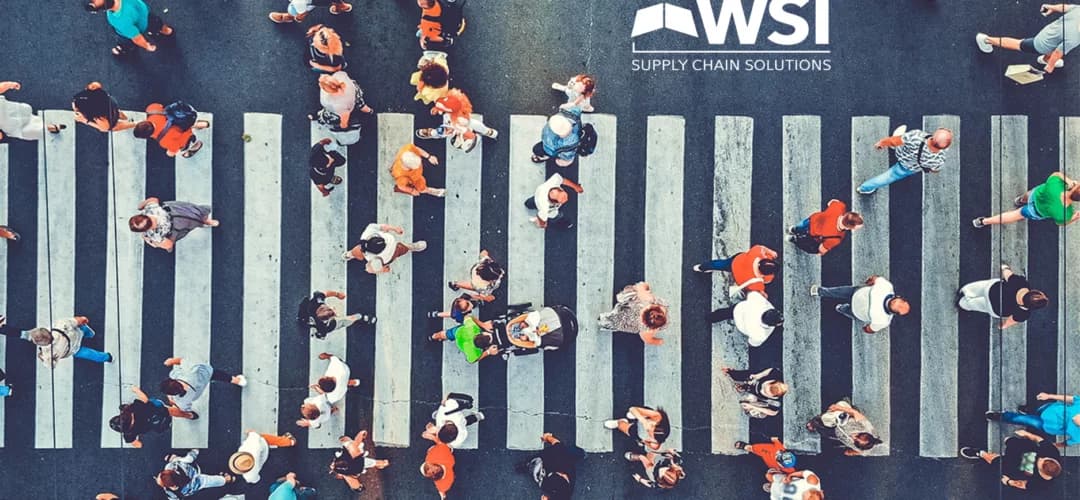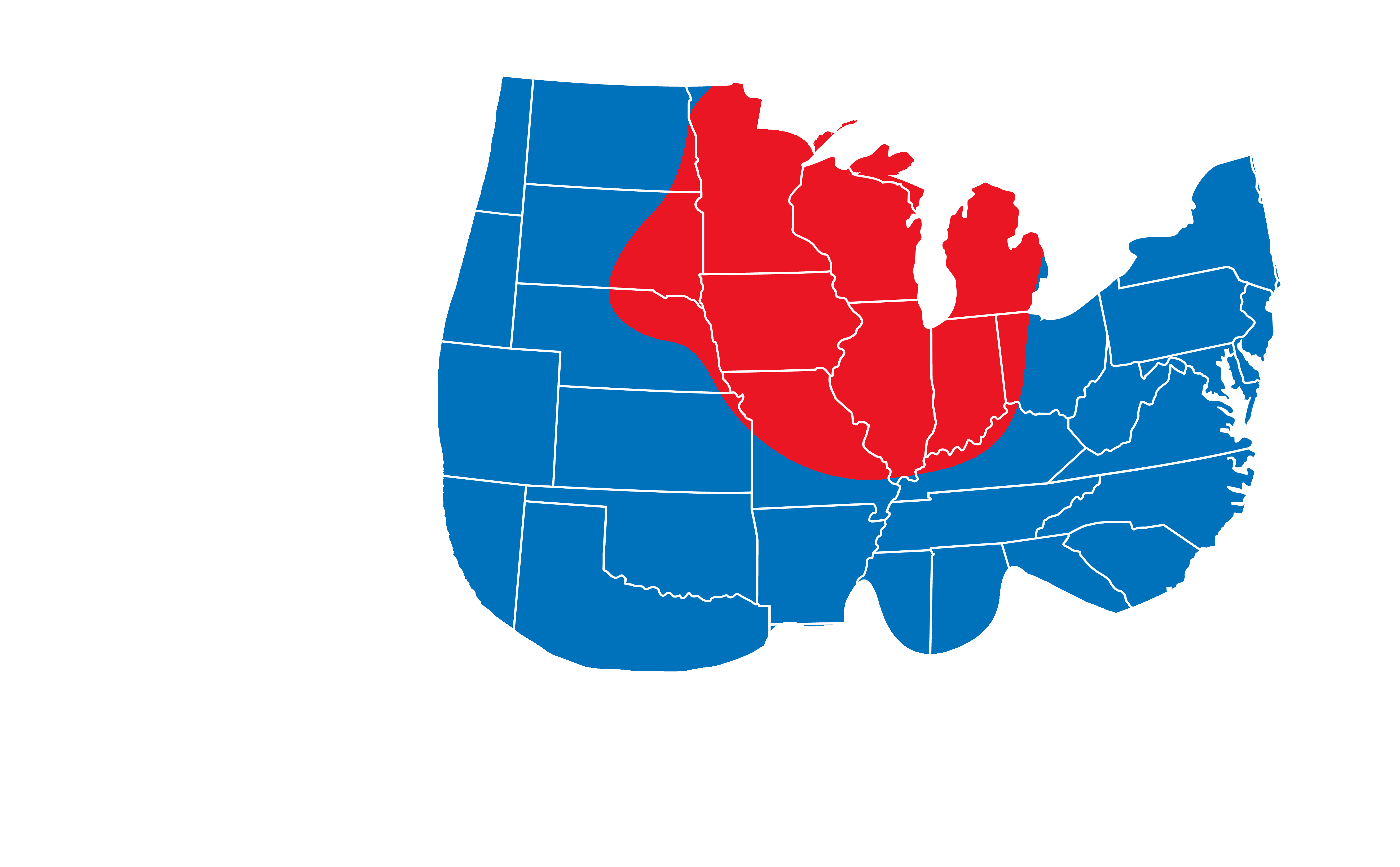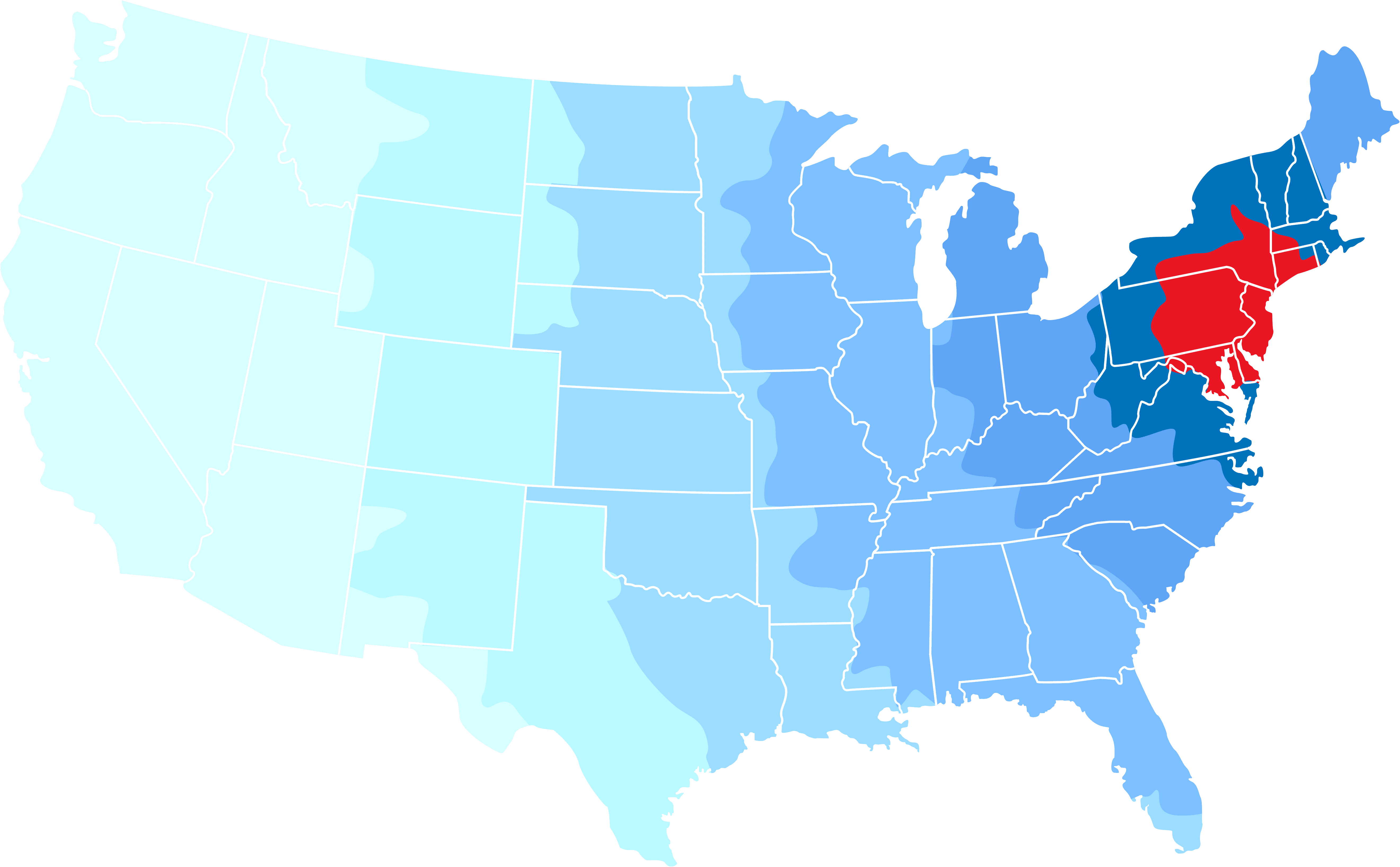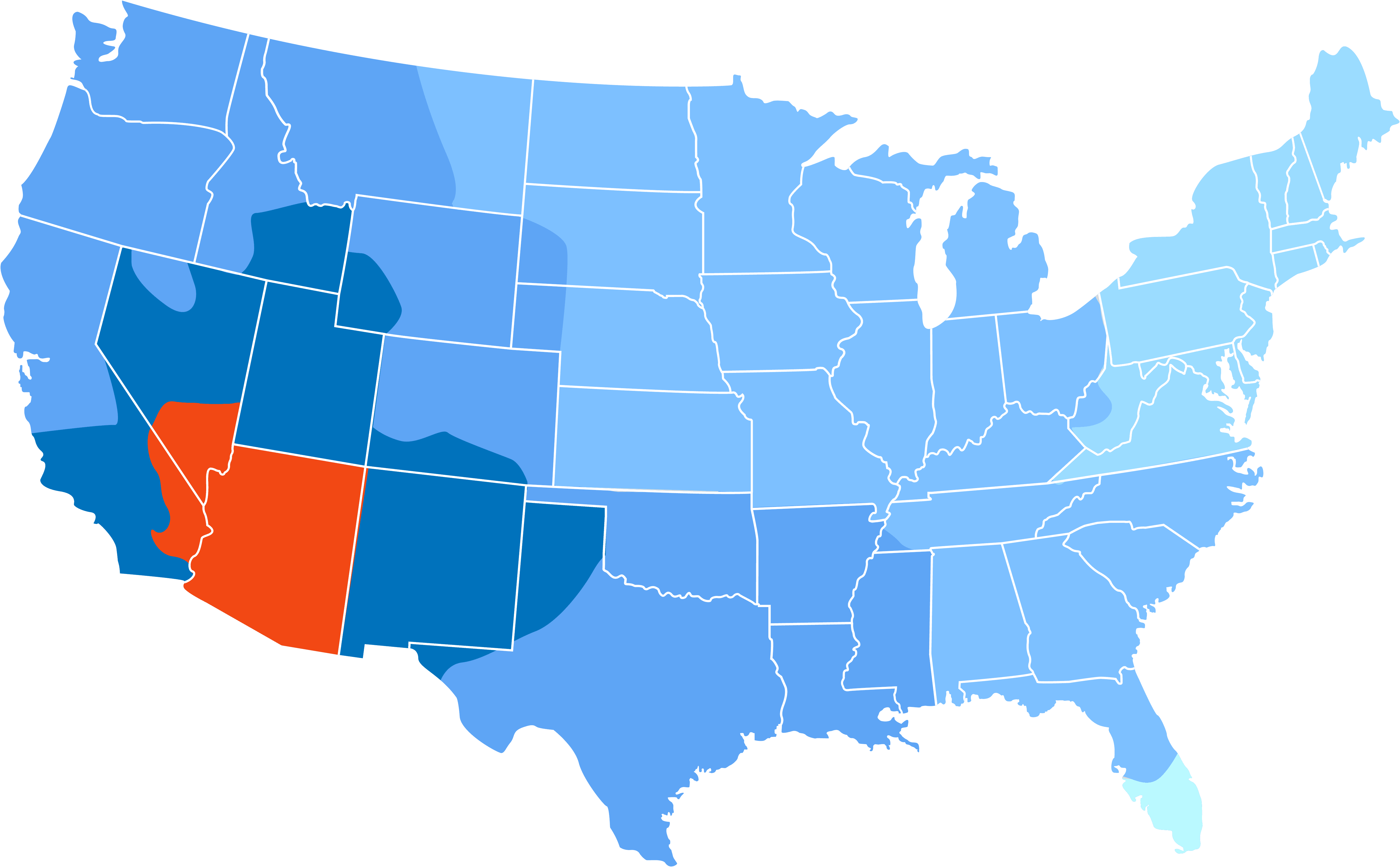WHAT LESSONS DID THE YEAR OF COVID-19 TEACH THE 3PL INDUSTRY? FOUR WSI EXPERTS SHARE THEIR THOUGHTS ON THOSE QUESTIONS, AND MORE
A year ago, no one could have predicted the massive hit global supply chains would sustain in the spring. The pandemic impact reshaped the logistics landscape and made everyone question how we can rebuild to soften similar blows in the future. How does the lingering effect of the pandemic shape logistics next year and what are the big 2021 logistics trends that you should take into consideration when planning ahead? WSI’s deep bench of experts weigh in.
Let’s hear it from Paul Simmons, WSI COO; Jesse Jones, VP of Operations; Alex Court, Sales Manager; and Peter Davis, GM of Chemical & Fulfillment divisions.
2021 LOGISTICS OUTLOOK: WSI’S EXPERTS WEIGH IN
…
WHAT MAIN LESSONS DID THE COVID-INDUCED DISRUPTION TEACH THE 3PL INDUSTRY?
Simmons: The disruption caused by the pandemic reinforced that managing costs are critical in all economic conditions. We had situations where the business grew and locations where we saw business slow down; in both cases, managing costs is critical to staff and to meet customer needs. When you lose focus on productivity, it can negatively affect the organization’s service and financial performance.
Jones: This year has seen us shifting and navigating our work and our world in unprecedented ways. We have had to change processes and challenge the ways things have always been done in order to stay safe and effective. For instance, drivers who used to come into the office are now directed straight to doors; and paperwork that typically passed through multiple employee hands is now being scanned and accessed electronically.
Court: Without a doubt, the main lesson for 3PLs in 2020 has been the need for flexibility. The 2020 forecasting was completely disrupted for virtually every customer in March. Some companies had more orders than they could fill, while others had shipments drop to almost zero. That means 3PLs had to quickly react from both a labor and warehouse standpoint to ensure each and every customer was taken care of.
Short-term projects were set up around the country to help get products close to end-users, while other customers struggled to keep production facilities open and producing products. A 3PL with a national footprint like WSI allows customers to make one phone call and have solutions in multiple regions of the country within hours. Flexibility has always been a benefit of using a 3PL and Covid has shown that more than ever.
Davis: As Alex said, flexibility was king in 2020. Few people foresaw what happened last year. As a result, 3PLs had to move fast with big actions to meet their customers’ needs. One thing 2020 reminded us of was to be mindful of second order effects (consequences of consequences). For example, we didn’t anticipate that finding warehouse labor in a challenging economy would become even more difficult. But it did. The pandemic supercharged eCommerce growth, resulting in intense competition from employers to fill those jobs. A 3PL that was nimble and had the scale and experience to handle these unexpected effects was able to add value to its customers.
WHEN YOU LOOK BACK AT 2020, WHAT ARE SOME THINGS WSI ACCOMPLISHED DESPITE THE UPHEAVAL?
Simmons: We did a good job managing costs throughout 2020. We were able to win new business we did not have pre-pandemic. Safety results saw dramatic improvement; for example, we decreased OSHA reportable incidents by over 36%. Most importantly, we took care of our team. We implemented practices in every facility related to cleaning, working socially distanced, and this has bled over to our normally high-level focus on safety and improved significantly year over year.
Jones: Despite all of the challenges and distractions, our teams continued to do a fantastic job of working safely and looking out for the safety of others. As Paul mentioned, across our network we continued a multi-year trend of improved year over year safety results. Also, while shipment volume dropped off for many of our customers, there were some industries (Consumer Packaged Goods, E-commerce, Building Supplies) that picked up significantly and we shipped record volumes for a number of customers. Across our network, we were also able to maintain the high levels of quality, service, and reliability that we pride ourselves on. Lastly, from the time the pandemic hit, our leadership team did a great job of proactively implementing plans and policies to help our teams manage the many unprecedented questions and challenges – and as the rules and circumstances were constantly evolving, we continued to ‘check and adjust’, making the necessary additions and revisions as the year went on.
Court: The biggest accomplishment for WSI has been the ability to keep every warehouse and operation running while juggling all the possible Covid disruptions. WSI plays an extremely important part in getting products into the hands of end consumers. We take this role very seriously and take pride in the fact that WSI handled many of the critical everyday items that the nation needed and continues to need.
In the midst of Covid disruptions, WSI was able to start three large new operations in three completely different parts of the country. New operations in Texas, Iowa, and Oregon were all started in conditions that were not ideal but all three have gone extremely well. These new operations show the experience and expertise WSI has with starting operations all over the country.
Davis: WSI managed to keep its employees safe during a pandemic, increase productivity for its customers, and grow the company’s footprint. Doing all three at the same time was a good achievement.
I was also proud of the new technology we began putting in place. We didn’t expect to begin implementing a new Warehouse Management System in the middle of a pandemic, but it was needed to keep providing a better service for our customers, and so we pushed forward regardless.
Lastly, as Alex mentioned, we opened a world-class chemical facility in Council Bluffs, Iowa, for which we partnered with Syngenta and set up one of the few 3PL-controlled foreign trade zones in the state of Iowa and the surrounding area. WSI’s leadership showed that it’s serious about growing in the chemical space.
HOW WILL THE EXPERIENCE OF 2020 AFFECT THE WAY YOU SERVE CUSTOMERS IN 2021?
Simmons: Our focus on service has always been high and a key aspect of our culture. I do not believe the pandemic will change this as we have always been driven by the mantra of Absolute Reliability™ and will continue to do so in the future.
Jones: As we move into 2021 and transition to the new post-covid normal, we will evaluate all of the policy and process changes that occurred in 2020 and determine which can be discontinued, which make sense to keep in place, and most importantly, which we can learn from and use as a basis for future improvement (i.e. electronic data transmission/communication versus more traditional methods).
Court: Moving forward, I am expecting less in-person customer meetings and more virtual check-ins. The typical trips to conferences and customer reviews will start again in the future, but not to the extent of years past. Covid disruptions have shown virtual meetings to be successful while also saving time and money. Similar to 2020, in 2021 I will continue to show customers how WSI is flexible and able to adapt to changes in production schedules and the needs of end consumers. The world continues to make changes and adapt faster than ever, meaning the needs of end consumers can change in an instant.
Davis: We’ll continue to increase flexibility for our customers and improve their technology experience with WSI. WSI is designing its service offering to be easy to use, adjust, and extract insights from. We’re excited to continue rolling out the implementation of Manhattan’s “Active WM” WMS. We’re the first 3PL to be on that system, and we think its machine learning capabilities will be really helpful for making smart decisions in an uncertain environment. We’ve also developed an internal network analysis tool that allows us to optimize our customers’ product location throughout our network. Especially for our expanding eCommerce customers, that technology should materially reduce their transportation spend and shipment time. Probably the most lasting impact from 2020 into 2021 will be our perspective that our customers are our partners: we need to help each other in tough times to build a lasting relationship.
WHAT ARE SOME OF THE KEY 2021 LOGISTICS TRENDS THAT WILL SHAPE NEXT YEAR?
Simmons: Growth in fulfillment continues at an accelerated pace and I do see that as a major 2021 logistics trend. Distribution centers getting closer to the end-user will lead to more direct-to-consumer business and drive the need for data accuracy, managing process, and faster response time.
Jones: The most obvious trend that has grown exponentially during the pandemic is the continued shift from traditional retail fulfillment to e-commerce. We’re developing strategies and capability to position WSI to take full advantage of this tremendous opportunity. We’re also currently operating in a challenging labor market that doesn’t appear to be changing any time soon, so it’s critical for us to focus on improving our ability to attract and retain talented employees.
Court: The growth of eCommerce will continue into 2021, resulting in increased demand in space of all sizes. Covid has accelerated the growth of online shopping and pushed the boundaries of what consumers were willing to order online. Food is a great example of a commodity that consumers are now more willing to purchase online than in years past. This growth will also continue to put pressure on small parcel carriers to deliver goods faster. Customers’ expectations for faster delivery combined with immense eCommerce growth has strained the small parcel carriers.
Another 2021 logistics trend coming is customers evaluating their entire supply chain network. For some companies, this may mean more regional warehouses to get closer to end-users and, for others, it could mean consolidating warehouses to allow for less complex networks.
Davis: It’s also going to be interesting to see how the current spree of warehouse buying plays out. Giant institutions like Blackstone, KKR, and Prologis are putting billions of dollars into acquiring existing warehouses and developing new warehousing space. As a result, the supply of space is going to continue going up. As Alex said, right now it seems like there is sufficient demand from tenants to justify those investments, and in fact lease rates are high because there’s not enough space. But at what point does the supply become too great? And what’s the impact of so many properties being owned by so few landlords? I don’t think there’s a clear answer, so I’m interested to see what happens.
WHAT WILL BE SOME OF YOUR TOP PRIORITIES?
Simmons: Safety is our number one priority and ensuring our team gets home the way they left is critical. Service to our customers is a hallmark trait of who we are and how we behave. Employee hiring and retention continues to be a challenge and focus for our team. We look for qualified people that we can train, engage with for ideas, and create a strong team.
Jones: As we set our goals & strategies for 2021, some of our top priorities include: maintaining and improving our strong safety record & results, continuing efforts to take care of our employees and drive increased engagement, driving revenue growth including specific goals for target commodities and channels, increasing company/brand recognition, and successfully implementing and leveraging the capability of our new state of the art WM System.
Court: Many economists are expecting growth in the latter half of 2021 and into 2022 as the nation starts to open back up. I will be working with customers to see how this affects their business. Does it change their 2021 and 2022 forecasts? Do they have enough or too much inventory on hand? Is the inventory located in the correct part of the country?
Projects that were put on hold in 2020 due to uncertainty may start fresh in 2021 or 2022. Covid may have impacted their business and end-users for the foreseeable future. This may impact which part of the country is the ideal location. Might have fewer SKUs moving or maybe new SKUs that were brought onboard due to Covid. All things to consider when looking forward to 2021.
Davis: Safety and our team’s well-being are our top priorities. Beyond those, we’re focusing on a number of areas in addition to what the others have laid out. We’re pushing to ensure our technology is world-class and able to drive real performance improvement in how we handle our customers’ product and fulfill their orders. In addition to a new WMS, we’re also investing in building out our online “customer portal” so that our customers’ experience with WSI is as convenient and efficient as possible.
Ultimately, to continue growing with our customers we need to add space, and we are looking at several opportunities to do so again in 2021. Logistics is a real pain for many companies. We want to take that pain away, and let companies focus on what they do best. We realize every 3PL says that, but our intent is to continue taking concrete steps to show that we truly mean it.
Happy New 2021 from the WSI team!









